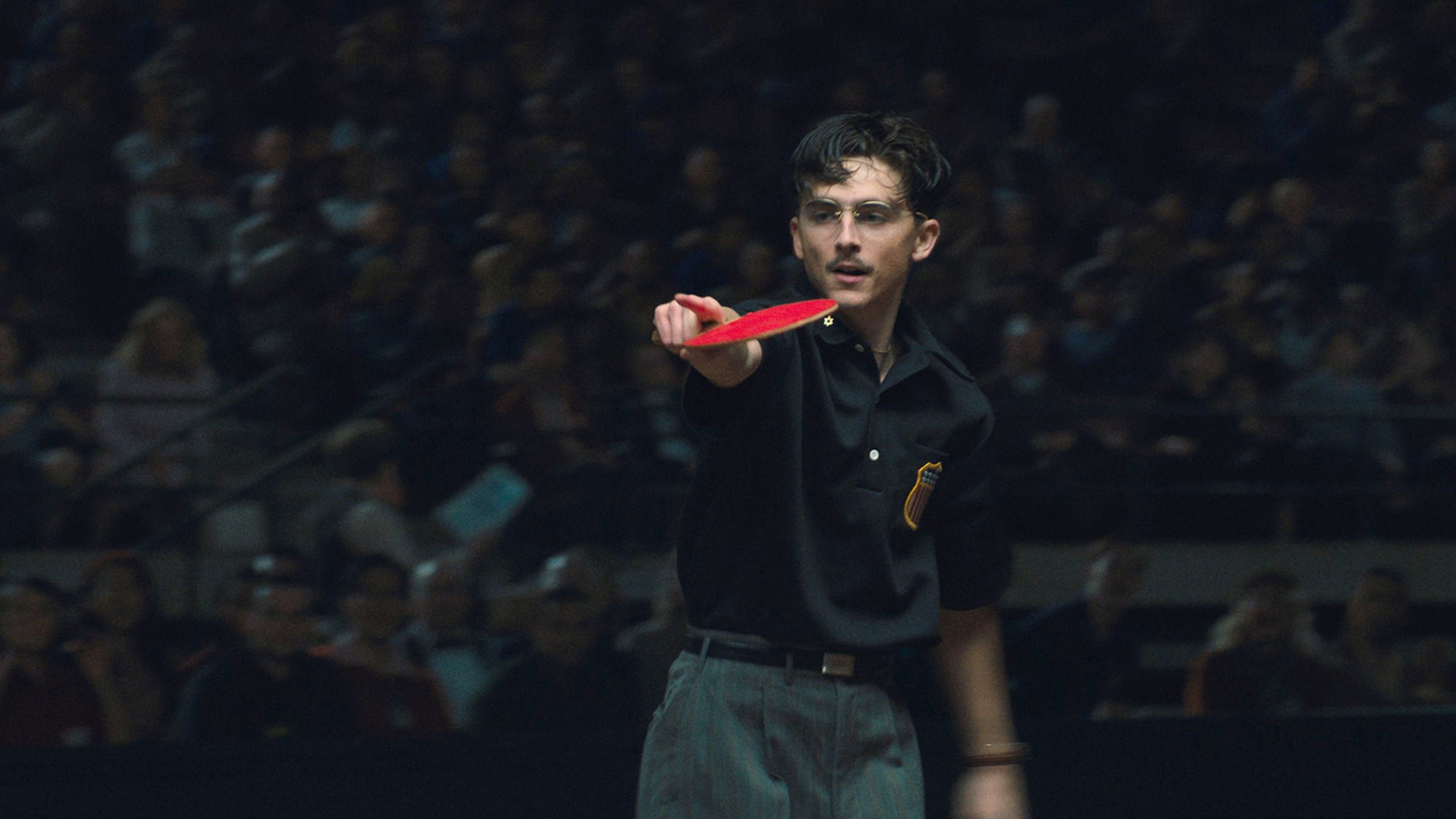A new model for modest, middle-class journalism
There's a viable journalism business model. It's just not on Wall Street.


News about the media business is, as usual, pretty wretched. In The Atlantic, Elaine Godfrey tells the story of the lingering death of The Hawk-Eye, a local paper in Burlington, Iowa that was thriving until it was bought up by Gannett (a national newspaper conglomerate) and mercilessly garroted. Meanwhile, The New York Times' Ben Smith killed the much-hyped launch of Ozy Media, a multimedia venture from former MSNBC host Carlos Watson, by exposing it as an apparent fraud scheme.
But it's not all bad. The sports media start-up Defector recently published an annual report showing solid business success. The magic strategy, apparently, is to create and cultivate a loyal subscriber base, sell a few ads here and there, and — stay with me here — don't deliberately destroy the business. It's a simple strategy, but it does require steering clear of Silicon Valley and Wall Street.
On the "what not to do" side of the ledger, Ozy's demise is at least entertaining. Smith touched off a media firestorm with an article reporting a conference call with Goldman Sachs in which an Ozy executive had impersonated a YouTube executive. The idea was to lie about Ozy's relationship with YouTube and success on the platform to secure a $40 million investment, but the — likely very illegal — plan came to light when Goldman called up YouTube to verify what they'd heard.
The Week
Escape your echo chamber. Get the facts behind the news, plus analysis from multiple perspectives.

Sign up for The Week's Free Newsletters
From our morning news briefing to a weekly Good News Newsletter, get the best of The Week delivered directly to your inbox.
From our morning news briefing to a weekly Good News Newsletter, get the best of The Week delivered directly to your inbox.
A rapid and ignominious collapse followed. Ozy's top stars started quitting; Smith exposed more lies (this time about a nonexistent TV show agreement); and the company announced it was shutting down. An abrupt reversal of that announcement from Watson, Ozy's erratic founder, was criticized by an early funder. Then the company was sued for allegedly defrauding investors. It seems Watson was — like Travis Kalanick of Uber and Adam Neumann of WeWork before him — one of those fast-talking company founders who have the charisma of the sort necessary to part credulous rich people from their money.
The hilarious thing about the Ozy story is that any halfway media-literate person could have told you this was a marginal publication in no way suited to eight-figure investments. Watson's YouTube account is just shy of 100,000 subscribers — not bad for a random hobbyist, but about 1 percent as many as Stephen Colbert's show — and Ozy's official Twitter account has just over 45,000 followers. As someone who pays reasonably close attention to the news and spends a lot of time on social media, I have never in my life clicked on or even seen a link to an Ozy article in the wild. And yet rich people plowed money into this thing for years until a media reporter took a hard look at it, once.
Alas, the story of The Hawk-Eye is more tragic. As Godfrey notes, the paper was doing good business — particularly by local newspaper standards. "In the years leading up to the sale, the paper was seeing profit margins ranging from the mid-teens to the high 20s," she writes. But now, "Gannett has dedicated much of its revenue to servicing and paying off loans associated with the merger, rather than reinvesting in local journalism."
In concrete terms, that meant firing about 90 percent of the staff, selling the headquarters building, and outsourcing almost the entire production process. The paper is functionally dead — nothing more than an empty husk, mostly full of aggregated crud that will collect legacy subscriber money for a few more years before it fully folds. The Hawk-Eye's death was the classic private equity move of buying a business and slashing expenses to the bone to temporarily juice its profit rate. This is not a viable business model any more than was Ozy's alleged fraud.
A free daily email with the biggest news stories of the day – and the best features from TheWeek.com
So what about Defector? According to the financial statement, it has 23 employees, revenue of $3.2 million, and expenses of $3 million. Ninety-five percent of that money comes from subscribers, and the rest from a few ad campaigns and business partnerships. It's set up as a worker cooperative, so important decisions are made through a vote of the employee-owners, who also share any profits. For a brand-new media company started essentially with a coffee can full of laundry quarters, those are excellent numbers.
Now, Defector did have an unusual stroke of luck: When the investor egomaniac who bought the shards of the Gawker empire drove the entire staff of Deadspin to quit at the same time back in 2019, that group of reasonably high-profile, unemployed writers and media business experts already knew each other and knew they worked well together. They also already had a loyal fan base outraged at what happened and ready to subscribe.
Still, that's not the only way to build up a subscription business. Indeed, The Week has done something quite similar to this in a more traditional fashion over the years.
The overall lesson is that if you're willing to put some work in to develop and maintain a loyal readership — and you'll be satisfied with modest profits and middle-class salaries — it's not impossible to create a profitable media business even in the age of the Google/Facebook ad duopoly. It's even possible to sell ads to more tech-savvy advertisers given Facebook's long record of lying about its internal metrics and its increasingly abysmal reputation. You just have to avoid Ozy-style deceit about imminent mega-profits to swindle rube investors and actually operate the business as a going concern rather than killing it on purpose. (If you'd like more of these piercing business insights, I'm available for management consulting, by the way.)
Ironically, as ordinary as that advice may be, Defector's worker cooperative model is perhaps its most important element of its potential for long-term sustainability. A cooperative won't be sucked into the venture capital vortex, since it needs no huge investments, nor will it be killed by Wall Street sharks out for a quick buck. "This has, without a doubt, been the most fulfilling year of my professional life, and I get straight up misty-eyed when I think about all we've been able to build in a year," Defector editor-in-chief Tom Ley wrote last month.
It turns out making a decent living and doing good work is more than enough for most working journalists. If those are our aims, our industry can survive.
Ryan Cooper is a national correspondent at TheWeek.com. His work has appeared in the Washington Monthly, The New Republic, and the Washington Post.
-
 Film reviews: ‘Marty Supreme’ and ‘Is This Thing On?’
Film reviews: ‘Marty Supreme’ and ‘Is This Thing On?’Feature A born grifter chases his table tennis dreams and a dad turns to stand-up to fight off heartbreak
-
 Political cartoons for December 14
Political cartoons for December 14Cartoons Sunday's political cartoons include a new White House flag, Venezuela negotiations, and more
-
 Heavenly spectacle in the wilds of Canada
Heavenly spectacle in the wilds of CanadaThe Week Recommends ‘Mind-bending’ outpost for spotting animals – and the northern lights
